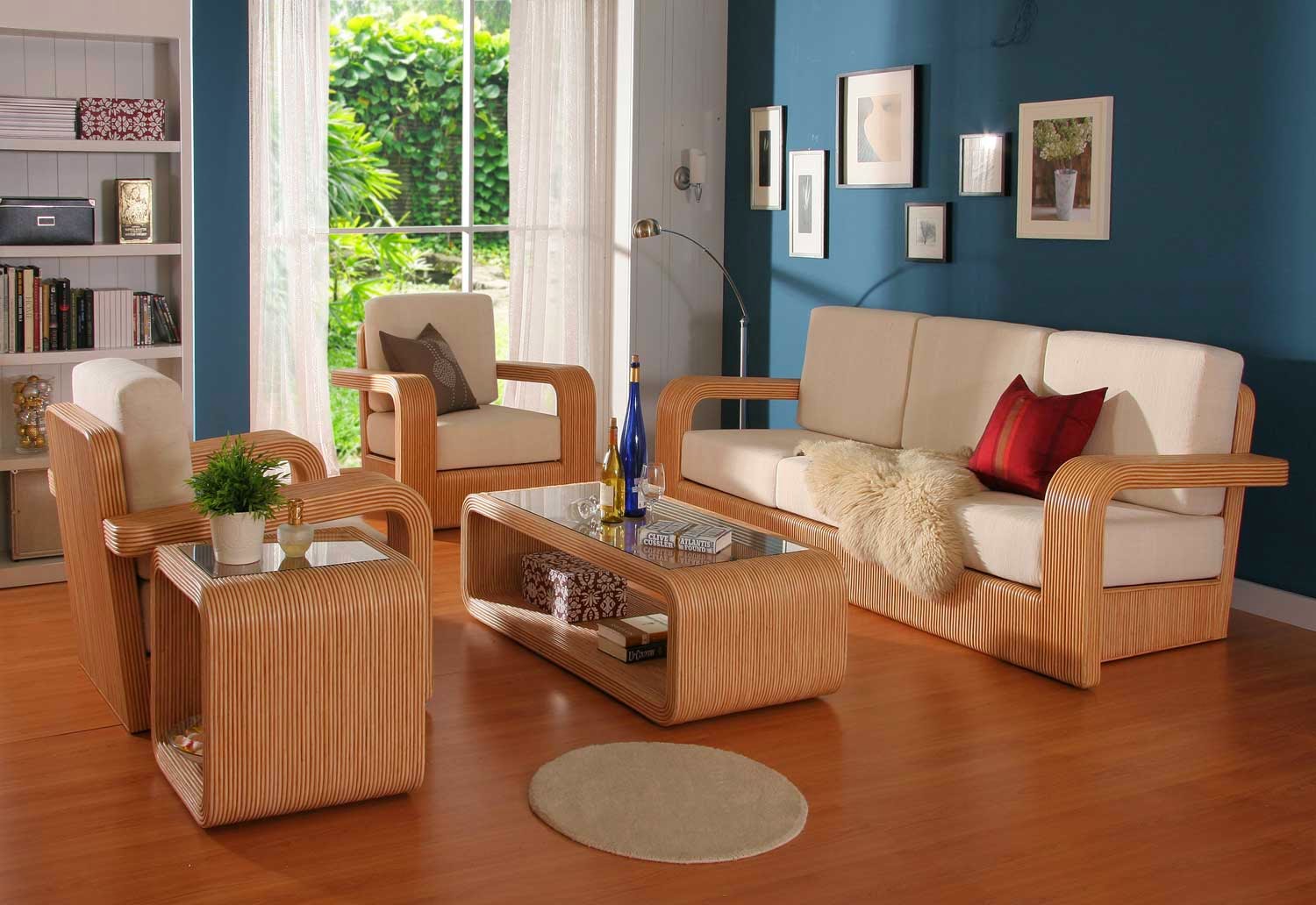Elevate Your Space: Embracing the Art of Modern Furniture and Interior Design
In today's fast-paced world, the way we design and furnish our spaces speaks volumes about our personal style and values. Modern furniture and interiors have emerged as a sophisticated blend of functionality and aesthetics, redefining how we approach our living and working environments. With clean lines, innovative materials, and a focus on minimalism, modern design invites us to create spaces that are not only beautiful but also practical and inviting.

Embracing modern furniture and interior design allows individuals to curate an atmosphere that reflects their unique taste while promoting comfort and versatility. The seamless integration of form and function encourages a lifestyle that values simplicity and sustainability, showcasing pieces that serve a purpose without compromising style. As we explore the world of modern design, we uncover endless opportunities to elevate our spaces, turning ordinary rooms into extraordinary sanctuaries.
Key Elements of Modern Furniture
Modern furniture is characterized by its clean lines and minimalist aesthetic. This style often emphasizes simplicity and functionality, steering away from ornate details and excessive embellishments. The shapes of modern furniture pieces are typically geometric, allowing for a seamless integration into various interior spaces. This focus on form and function not only creates a visually appealing environment but also enhances the usability of the furniture itself.
Materials play a crucial role in modern furniture design. Commonly used materials include metal, glass, and molded plastics, which contribute to a sleek and contemporary look. Wood can also be a significant element, particularly when it is used in a way that highlights its natural grain and texture. The combination of these materials can result in striking contrasts, adding to the overall aesthetic while ensuring durability and longevity.
Color palettes in modern furniture often consist of neutral tones, such as whites, blacks, and grays, with occasional pops of vibrant colors. This approach allows for flexibility in decorating, enabling homeowners to easily switch up accessories and accents without clashing with the core furniture pieces. Additionally, the use of bold color can draw attention to specific areas and create inviting focal points in a room, further enhancing the modern aesthetic of the space.
Impact of Color and Texture
Color and texture play a crucial role in modern furniture and interiors, significantly influencing the overall ambiance of a space. The choice of colors can evoke emotions and set the mood, whether it be calm, energizing, or sophisticated. Neutral tones like whites, grays, and beiges create a serene environment that allows for flexibility in decor, while bolder colors can serve as focal points that spark conversation and interest. Incorporating vibrant hues through furnishings or accent walls can bring life to a minimalist design, making the space feel more welcoming and dynamic.
Texture adds depth and dimension to modern interiors, making a space feel layered and inviting. A mix of smooth, sleek surfaces with rough or textured elements creates visual intrigue. For instance, pairing a polished metal coffee table with a textured woolen throw or a leather accent chair can transform the look and feel of a room. Additionally, incorporating different materials like wood, glass, and fabric not only enhances the aesthetic but also provides a sensory experience that draws people in and encourages them to engage with the space.
Balancing color and texture is essential for achieving harmony in modern design. Strategically using contrasting elements can highlight key features in the space, while similar textures can unify disparate areas. By carefully selecting colors that complement each other and textures that enhance the design theme, homeowners can create an environment that feels cohesive and intentional. Ultimately, the thoughtful interplay of color and texture shapes the character of modern furniture and interiors, elevating them into personal reflections of style and sophistication.
Creating Functional Spaces
In the realm of modern furniture and interiors, functionality is paramount. When designing a space, it is essential to consider how the furniture will serve its purpose while enhancing the overall aesthetic. Choosing versatile pieces, such as sofas with storage or tables that can extend for dining, showcases the integration of practicality and style. modern furnitures and interiors allows homeowners to make the most of their space without compromising on design.
Zoning is another crucial aspect of creating functional spaces. By defining areas for specific activities, such as lounging, working, or entertaining, you can ensure that each corner of the room serves a unique function. Use area rugs, furniture arrangement, and dividers to establish boundaries, even in open floor plans. This helps maintain a sense of order and purpose throughout the space, enhancing both form and function.
Lastly, lighting plays a vital role in elevating the functionality of modern interiors. Well-placed fixtures not only illuminate but also define areas, adding depth and character. Consider a mix of ambient, task, and accent lighting to create a dynamic atmosphere that adapts to your needs. With a thoughtful combination of furniture, layout, and lighting, you can transform any area into a harmonious environment that balances modern design with everyday usability.